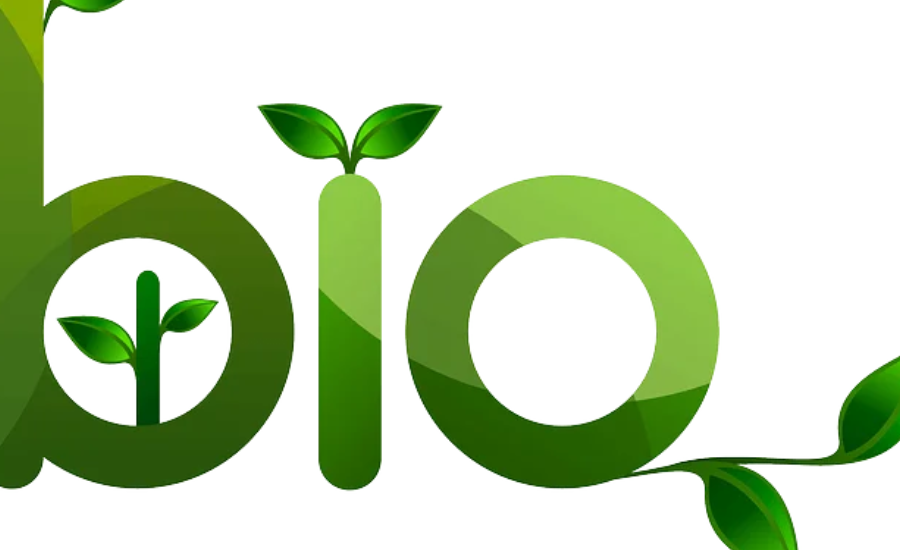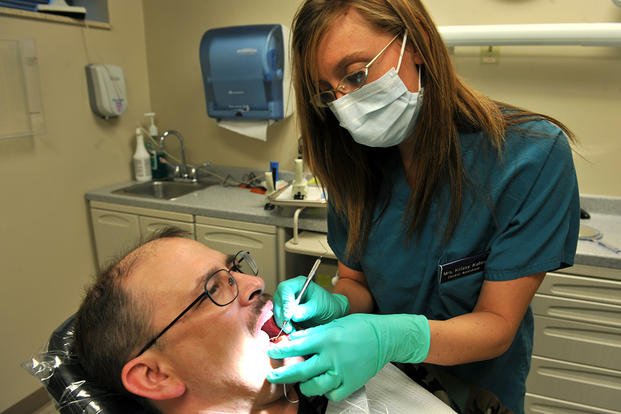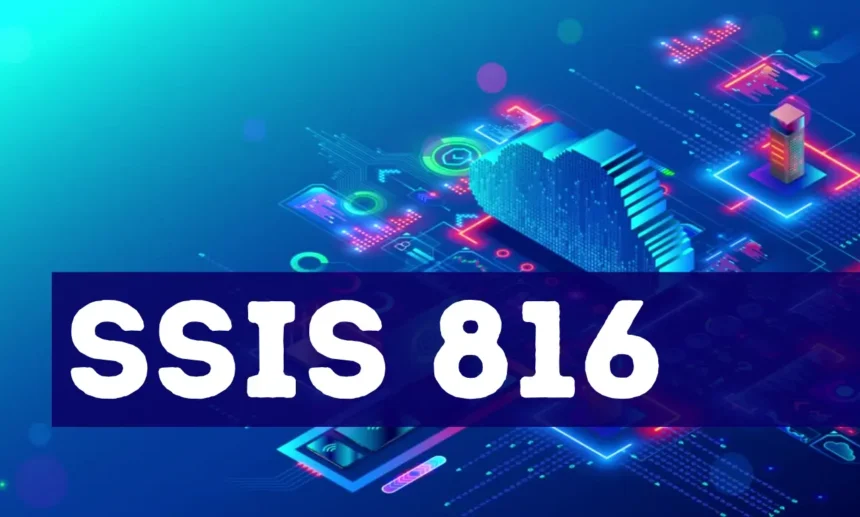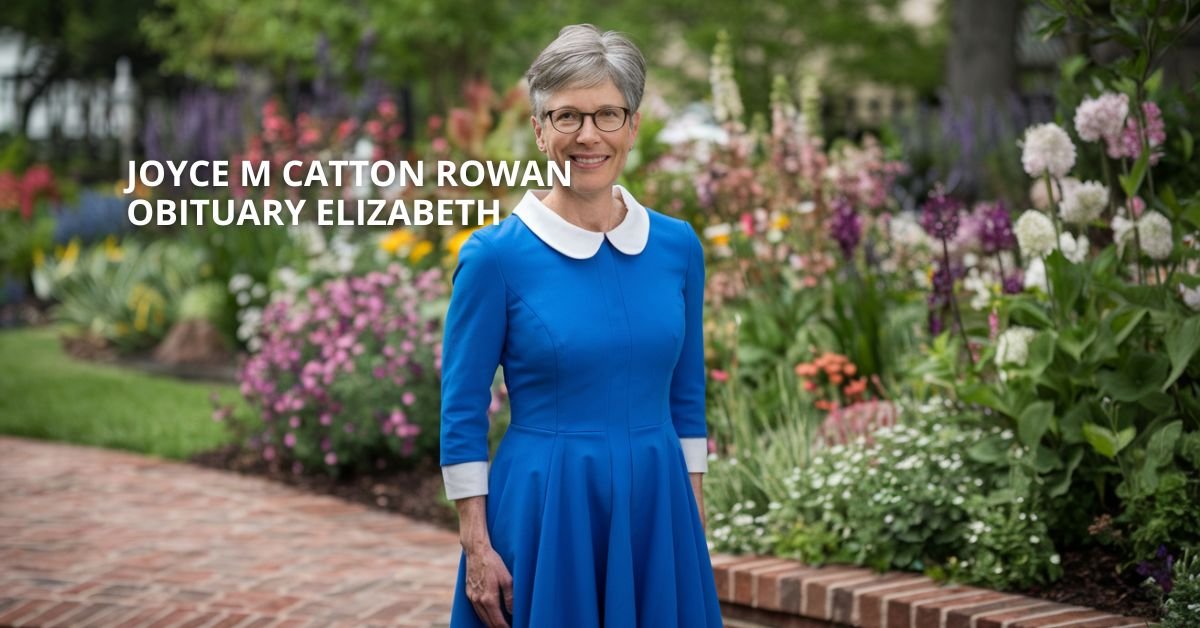BIOL1S01 is an introductory course designed to lay the foundation for understanding the principles of biology. This course is usually aimed at students who are new to the field, whether they are pursuing a major in biology or simply taking it as part of a general education requirement. The course typically covers essential concepts in biology, including cellular structure and function, genetics, evolution, ecology, and human biology.
II. Cellular Biology
- Cell TheoryThe cell theory is one of the cornerstones of biology. It states that all living organisms are composed of cells, which are the basic unit of life, and that all cells arise from pre-existing cells. This theory was developed in the mid-19th century by scientists such as Matthias Schleiden, Theodor Schwann, and Rudolf Virchow.
- Cell Structure and FunctionCells are the smallest units of life that exhibit all the characteristics of living organisms. They can be broadly classified into prokaryotic cells (such as bacteria) and eukaryotic cells (which include plant and animal cells). Prokaryotic cells lack a nucleus and other membrane-bound organelles, whereas eukaryotic cells have a well-defined nucleus and various organelles, such as mitochondria and the endoplasmic reticulum.
- Cell Membrane: The cell membrane controls the movement of substances in and out of the cell. It is composed of a phospholipid bilayer with embedded proteins.
- Nucleus: The nucleus contains the cell’s genetic material (DNA) and is responsible for controlling cellular activities and reproduction.
- Mitochondria: Often referred to as the “powerhouse” of the cell, mitochondria generate ATP through cellular respiration.
- Endoplasmic Reticulum (ER): The ER comes in two forms: rough (with ribosomes) and smooth (without ribosomes). It is involved in protein and lipid synthesis.
- Golgi Apparatus: The Golgi apparatus modifies, sorts, and packages proteins and lipids for transport within and outside the cell.
- Ribosomes: Ribosomes are the sites of protein synthesis and can be found floating freely in the cytoplasm or attached to the rough ER.
- Cell DivisionCell division is essential for growth, development, and repair in multicellular organisms. The two main types of cell division are mitosis and meiosis.
- Mitosis: This process results in two daughter cells that are genetically identical to the parent cell. It is crucial for somatic cell growth and repair.
- Meiosis: This specialized type of cell division occurs in the formation of gametes (sperm and eggs) and results in four genetically diverse daughter cells with half the chromosome number of the original cell.
III. Genetics
- Mendelian GeneticsGregor Mendel, known as the father of genetics, conducted experiments with pea plants and established the basic principles of inheritance. His work led to the formulation of Mendel’s laws:
- Law of Segregation: Each organism carries two alleles for each trait, which segregate during the formation of gametes.
- Law of Independent Assortment: The alleles for different traits are passed independently of one another from parents to offspring.
- DNA Structure and FunctionDeoxyribonucleic acid (DNA) carries the genetic blueprint of an organism. It consists of two strands forming a double helix structure, with nucleotides as the building blocks. Each nucleotide is composed of a sugar, a phosphate group, and a nitrogenous base (adenine, thymine, cytosine, or guanine). The sequence of these bases encodes genetic information.
- Replication: DNA replication is a process where DNA makes a copy of itself, ensuring that genetic information is passed on during cell division.
- Transcription and Translation: Transcription is the process where DNA is converted into messenger RNA (mRNA). Translation involves the synthesis of proteins based on the sequence of the mRNA.
- Genetic Variation and MutationGenetic variation is crucial for evolution and is caused by mutations, which are changes in the DNA sequence. Mutations can be beneficial, neutral, or harmful, and they contribute to the diversity of traits in populations.
IV. Evolutionary Biology
- Theory of EvolutionCharles Darwin’s theory of evolution by natural selection is a central concept in biology. It proposes that organisms evolve over time through the differential survival and reproduction of individuals with advantageous traits.
- Natural Selection: This process involves variation in traits, differential survival and reproduction, and the inheritance of beneficial traits.
- Adaptation: Adaptations are traits that increase an organism’s fitness in a specific environment. Examples include the camouflage of prey animals and the antibiotic resistance of bacteria.
- Evidence for EvolutionEvidence supporting the theory of evolution comes from various sources, including:
- Fossil Record: The fossil record provides historical evidence of the changes in species over time.
- Comparative Anatomy: Similarities and differences in the anatomy of different organisms provide insights into their evolutionary relationships.
- Genetics: Comparative genomics shows how the genetic makeup of organisms reflects their evolutionary history.
V. Ecology
- Ecosystems and BiomesAn ecosystem consists of all the living organisms and their interactions with the environment in a specific area. Ecosystems can vary in size and complexity, from a small pond to a vast forest.
- Biomes: Biomes are large ecological zones characterized by their climate, vegetation, and animal life. Examples include tropical rainforests, deserts, and tundras.
- Energy Flow and Nutrient CyclingEnergy flows through ecosystems in a unidirectional manner, starting from primary producers (plants) and moving through consumers (herbivores, carnivores) and decomposers. Nutrients, on the other hand, cycle through ecosystems in biogeochemical cycles, such as the carbon and nitrogen cycles.
- Population Dynamics and Interactions
- Population Ecology: This field studies the dynamics of populations, including their size, density, and growth patterns. Factors such as birth rates, death rates, immigration, and emigration influence population dynamics.
- Species Interactions: Species interactions include predation, competition, mutualism, and parasitism. These interactions can have significant effects on the structure and function of ecosystems.
VI. Human Biology
- Human Anatomy and PhysiologyUnderstanding human biology involves studying the structure and function of the human body. Key systems include:
- Circulatory System: Responsible for transporting nutrients, gases, and waste products throughout the body.
- Respiratory System: Facilitates gas exchange between the body and the environment.
- Digestive System: Breaks down food and absorbs nutrients.
- Nervous System: Controls and coordinates bodily functions and responses to external stimuli.
- Health and DiseaseHuman biology also encompasses the study of health and disease. This includes understanding the mechanisms of diseases, such as infections, genetic disorders, and lifestyle-related conditions. It also involves exploring preventive measures and treatments.
VII. Conclusion
BIOL1S01 serves as a foundational course in biology, providing students with a comprehensive understanding of the fundamental principles of life sciences. From cellular biology and genetics to evolution, ecology, and human biology, the course covers a wide range of topics that are crucial for further study in the field. Mastery of these concepts is essential for students pursuing careers in biology, medicine, environmental science, and related disciplines.




